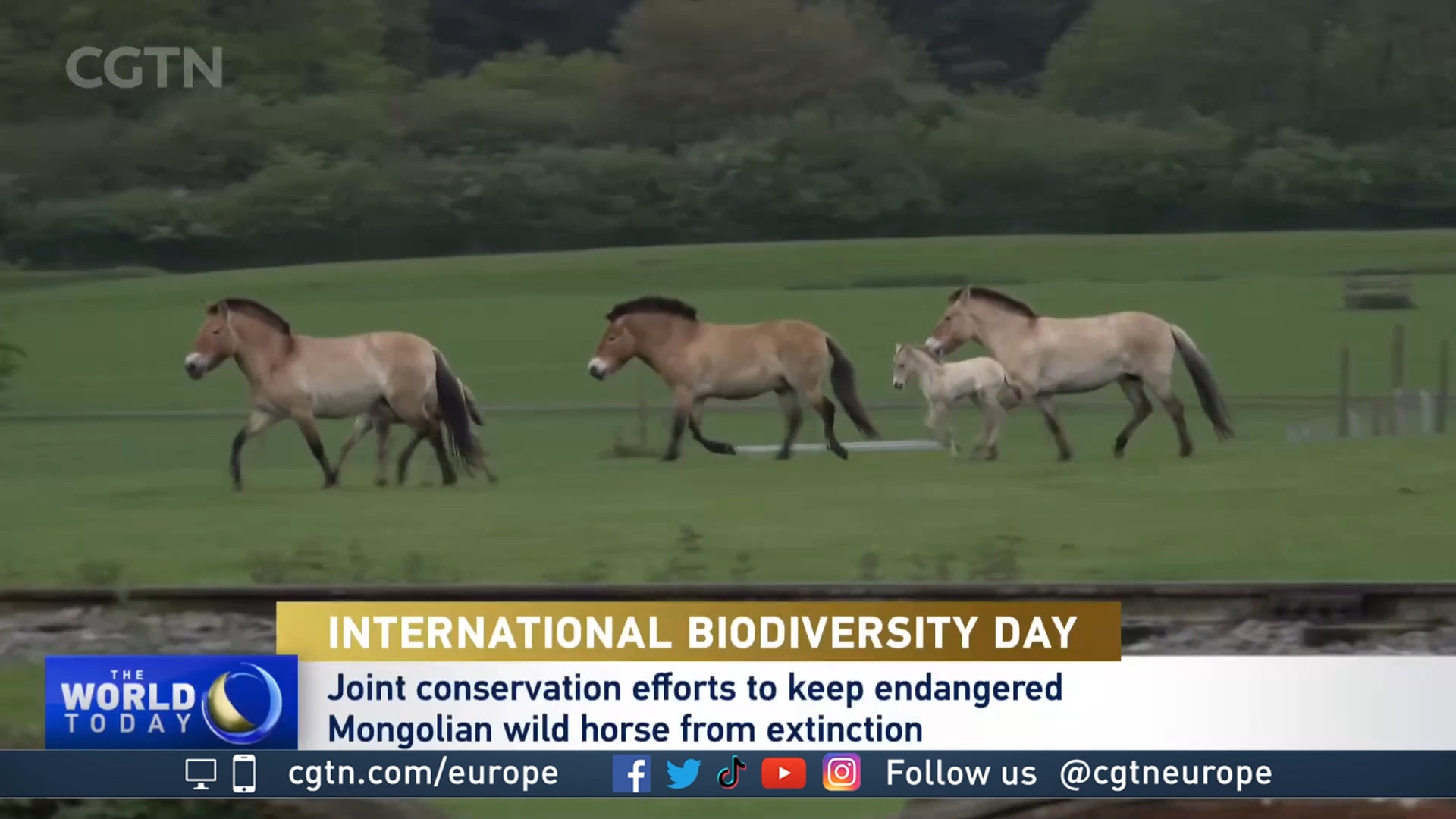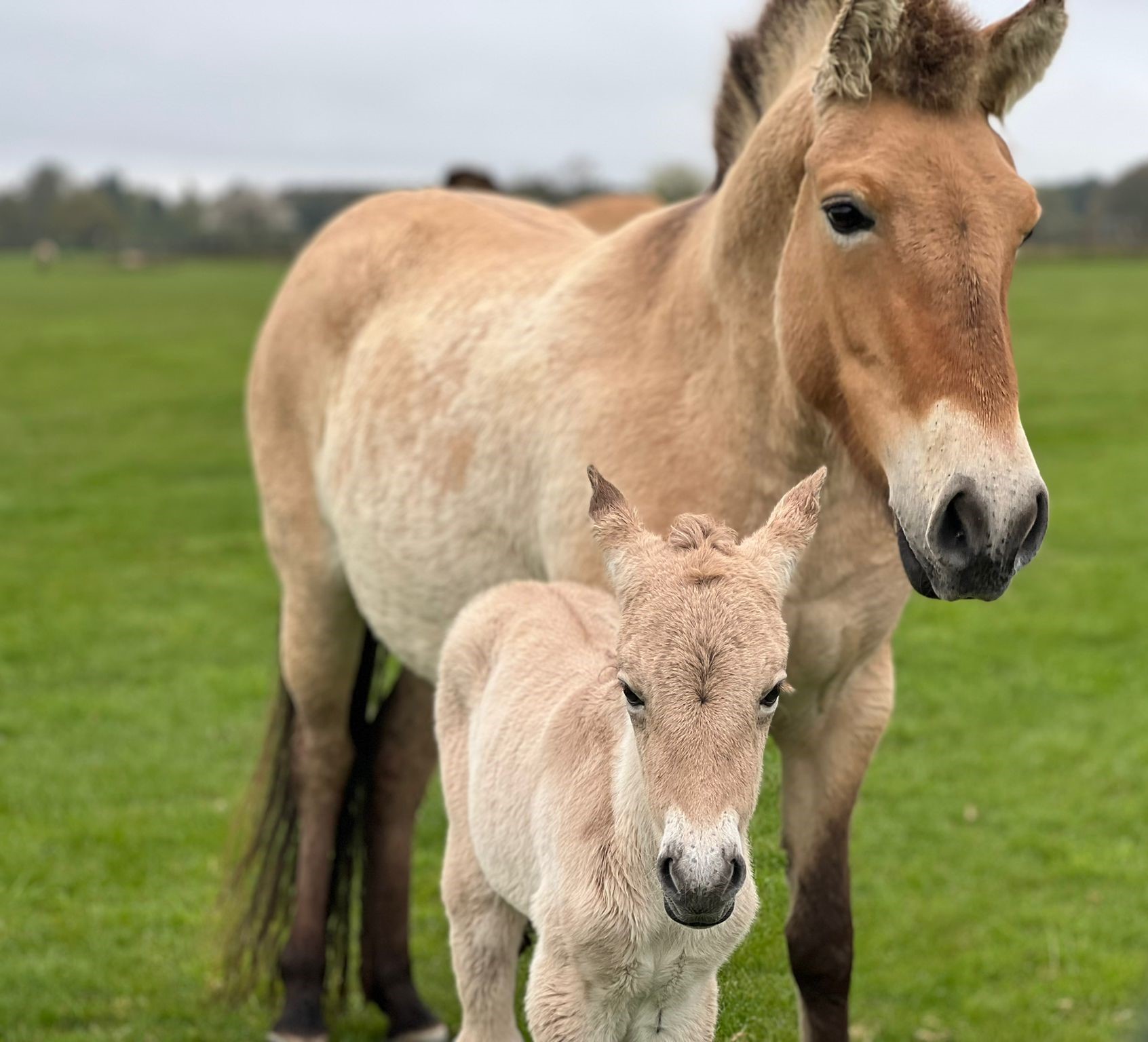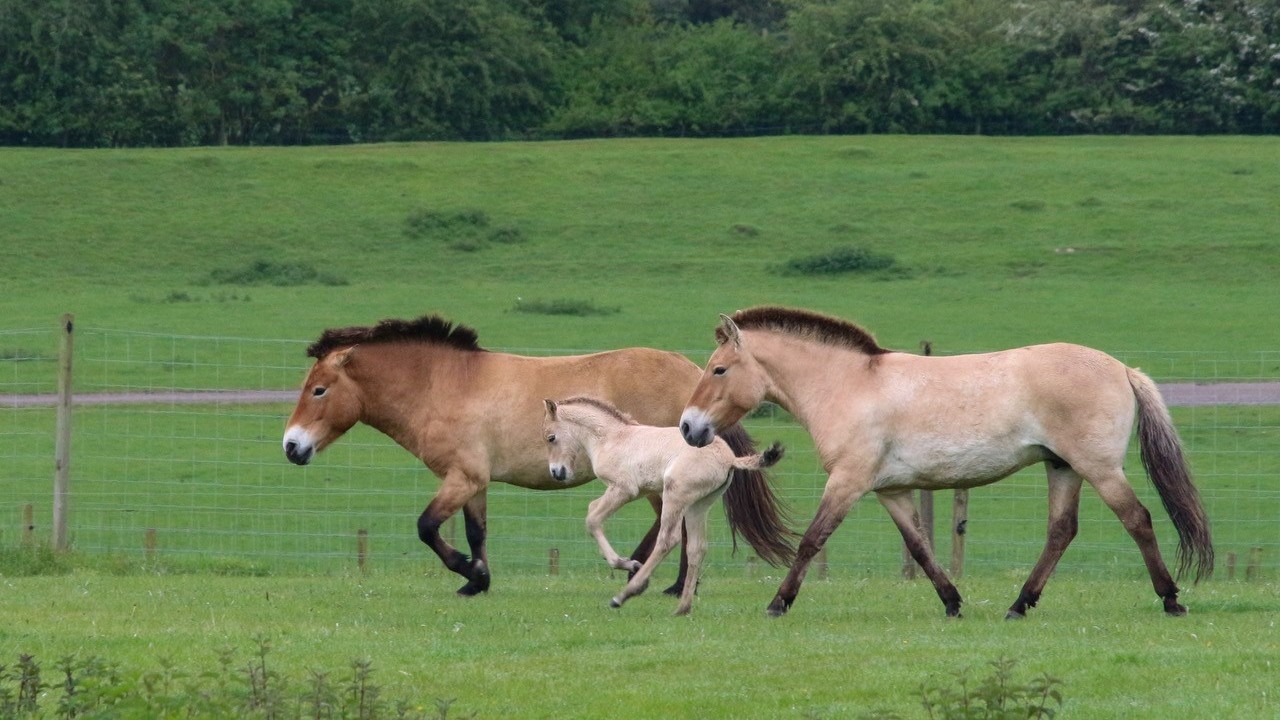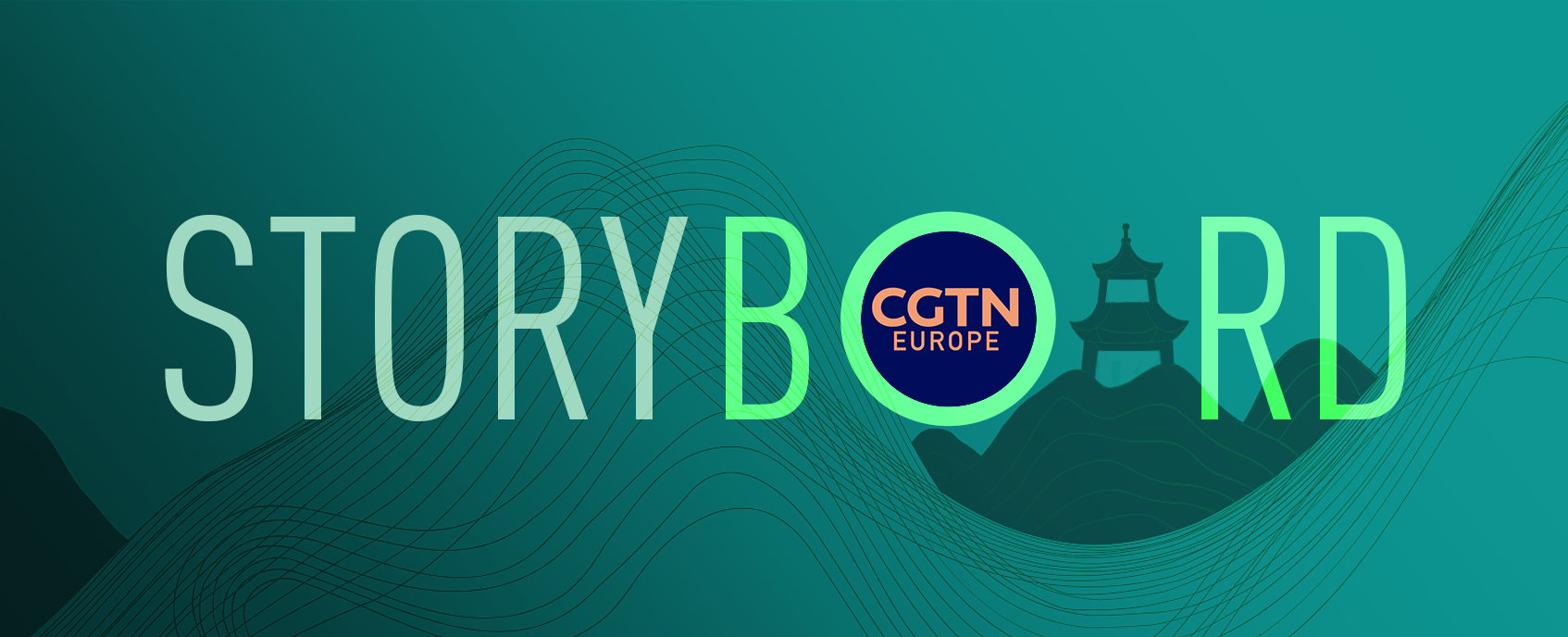03:06

Whipsnade Zoo, just outside London, is celebrating two important new arrivals. A male foal called Luujin and an as yet unnamed female were born to a herd of rare Przewalski's horses at the zoo this spring.
The births are a boost to the zoo's international breeding program which backs up the endangered Przewalski's population in the wild.
"These guys form basically an insurance population, so that we can continue to bolster those populations out in the wild," says Danielle Hearne, the keeper at ZSL Whipsnade Zoo who cares for the horses. "So, it's really important that they breed and we keep that population going."
READ MORE
Brexit hampering animal transfer and breeding
UK's endangered hedgehogs seek friendly hosts
Rare hares threatened by rising temperatures
Native to Asia, the Przewalski's horse is untamed – even here at Whipsnade, where it roams unhindered on a large expanse of open grassland. It is officially the only truly wild horse on earth, with two extra chromosomes that differentiate it from a domestic horse. It looks distinctive too, short, slightly stocky light brown in colour and with a short, tufted mane.
In the past the species was hunted and forced off land by human development, driven to the point of extinction. An international breeding program in captivity saved a handful of horses and in the early 1990s descendants of these zoo horses were successfully reintroduced from zoos to reserves in Mongolia and China.

Endangered Przewalski's foal with mum Shargahan. /Whipsnade Zoo
Endangered Przewalski's foal with mum Shargahan. /Whipsnade Zoo
There are now hundreds of Przewalski's horses living in their original habitat, where they are celebrated with pride. But although the species has made a remarkable comeback from extinction, it is still classed as endangered. Chinese researchers work alongside international zoos to monitor the Przewalski's horses' progress.
"They're not extinct, but they're extinct in the wild because they only survive in captivity with human help. So that's the stage we're at," says Jiang Zhigang, a professor from the Chinese Academy of Sciences who has conducted extensive research on the Przewalski's horse.
"The only problem is they still receive supplemental feeding in winter. In winter, the wild horse will face competition from domestic animals, so there's a problem."
Despite ever increasing numbers of Przewalski's horses in Mongolia and China, there are still challenges ahead as they re-establish themselves in the wild. ZSL has a partner program in Mongolia, helping to protect the species and its native habitat.
Country Director Tungaa Ulambayar says the horses suffer from more extreme weather linked to climate change. "These zoo animals are trying to kind of re-adapt back to their original native habitat, but because we have extreme drought, we have very heavy winters with very low temperatures," she says.

The foals are doing encouragingly well. /Whipsnade Zoo
The foals are doing encouragingly well. /Whipsnade Zoo
The horses are also vulnerable to disease, parasites, predators like wolves and are affected by habitat loss, meaning protective breeding in zoos is still vital.
"We actually still need to support that population because not all those problems are straightaway solved," keeper Hearne explains. "Their habitat is still being made much smaller by the expansion of human agriculture than it was previously, for them to have those resources to be able to survive."
Genetic diversity is also key for pure wild herds to continue to grow and thrive, making the birth of new foals at Whipsnade even more welcome news. The female in particular has the potential to help breed more lines worldwide in the future.
"She will go on to breed and have her own foals and carry on that lineage. So, for us it's really great that we have got that. Obviously, boys are important, but the females being able to have foals and breed with a number of stallions is really, really key for us.
"The chances in the future of bringing their status up is at the minute looking really positive. These animals are breeding in the wild. It's not just the reintroduced animals that are out there. And that's really important that the generations are breeding themselves."

Subscribe to Storyboard: A weekly newsletter bringing you the best of CGTN every Friday